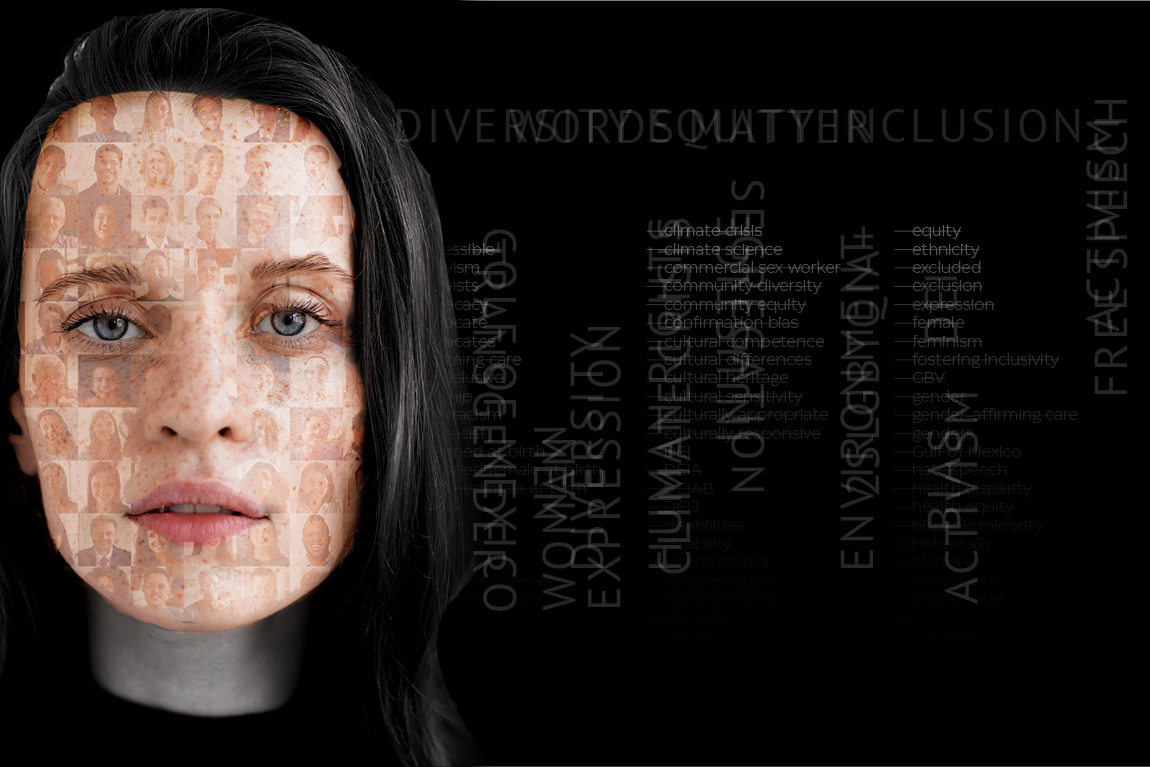Dr. Elizabeth Daniels is building her case one data set at a time. Daniels is studying the effects of sexualized media on girls and young women. Last week at the “Let’s Trade Sexy for Smart” Science Pub lecture, she showed a selection of covers from teen magazines. Did they emphasize a teen’s capabilities and talents, or just their physical appearance? Even if you don’t read English, said Daniels, you would understand what the messages are about: sex appeal.
Kirsteen Wolf
The Broadside
SEXUALIZED CONTENT IN MEDIA IS A ‘NO WIN’ FOR WOMEN
Through pervasive media intake—up to 11 hours a day of media influence—girls and women internalize an outsider’s perspective to rate their own bodies. They “learn to treat themselves as objects to be looked at and evaluated for their appearance,” according a 2007 American Psychological Association study. In short, they become objectified. This can lead to depression, low self-esteem, body dissatisfaction, eating disorders, even “restricted body movement”—all serious, negative impacts on the social and mental well-being of young girls and women, according to Daniels’ lecture.
So how do you build a case that can be used to advise the industry, parents, the government and women that the media portrayals of women and girls—those that objectify them—have a documented negative impact on their well being? The answer is research.
“These studies help me build the case,” said Daniels. “So we can say that this is something that we need to change.”
Daniels is adding to a growing body of work, including the documentaries “Killing me Softly” (1979) and “Miss Representation” (2011). She is also fulfilling a critical aspect of research that the APA called for in its 2007 study by examining the “effects of having an objectified body image or viewing objectified body images in the media” on girls and not just women.
With only four percent of women leading Fortune 500 companies and 17 percent in Congress, the opportunity to see women in leadership, management and powerful roles is hard to come by. With the dire consequences of the sexualization and objectification of young women spelled out, it is time for schools, parents, community, businesses and other organizations to “encourage positive extracurricular activities that help youth build nurturing connections with peers and enhance self-esteem based on young people’s abilities and character rather than on their appearance,” according to the APA.
It’s also important that we take our “media diet” into account.
“We should be intentional about the amount of time we spend engaging with media and make conscious choices about the type of media we select,” said Daniels.
As a professor, researcher and teacher whose work is regularly published in peer review journals, Daniels is a role model for girls and women looking to explore their capabilities. If she could revolutionize media tomorrow, her message to youth would be clear:
“In our media and our society, we need to value girls and women for who they are as people and what they can do in the world rather than narrowly focusing on what they look like,” she said.
THE DIRE CONSEQUENCES
Report of the APA Task Force listing the media’s effects on girls:
Cognitive and emotional consequences
- Self-objectification has been repeatedly shown to detract from the ability to concentrate and focus, thus leading to impaired performance on mental activities like mathematical computations or logical reasoning.
Mental and physical health
- Research links sexualization with three of the most common mental health problems of girls and women: eating disorders, low self-esteem and depression or depressed mood.
Sexuality
- Though sexual well-being is an important part of development and well-being, yet evidence suggests that the sexualization of girls has negative consequences in terms of girls’ ability to develop a healthy sexuality.
Attitudes and beliefs
- Frequent exposure to media images that sexualize girls and women affects how girls conceptualize femininity and sexuality.
A CURIOUS, SKEPTICAL KID
How did you get involved with science? Were you interested as a kid?
“I wouldn’t say I was especially into science as a kid, but I was pretty curious and skeptical, which are important in science. I have three older siblings so I guessed I learned early to get the facts myself before I believed something. In college, I took an Intro to Psychology class as a first year student and got hooked on the discipline then.”
Daniels earned her Ph.D. in Developmental Psychology from the University of California Santa Cruz. She also completed a postdoctoral fellowship at the University of California, Los Angeles. She teaches a range of courses in developmental science and gender issues as well as foundational courses in psychology, including Child Development, Adolescent Development, Psychology of Gender, Research Methods and Statistics. Broadly speaking, Daniels’ research focuses on gender, media, body image and positive youth development. She regularly publishes and presents her research in peer-reviewed journals and at national research conferences.
Daniels is currently on the editorial board for “Sex Roles: A Journal of Research.”
Office: CSB 206
Phone: 541-322-3186
Email: [email protected]
CONTENT CONTROL: WHAT WOULD YOU CHANGE?
Bend teens want a change in media, according to Daniels’ local research. She asked 176 local teenswhat teen magazine content would look like if they were in charge
22% Entertainers
18% Positive role models
15% Normal people
10% Hard working
7% Athletes
5% No change
TRIVIA QUIZ: HOW WELL DO YOU KNOW THE MEDIA AND ITS PRESENCE IN THE LIFE OF TEENS?
1. How much time does the average teen spend engaged with some type of media in a day?
a. 3 hours
b. 5 1/2 hours
c. 7 1/2 hours
d. 10+ hours
2. How many hours does the average teen spend watching television in a day?
a. 1 hour
b. 2 1/2 hours
c. 4 1/2 hours
d. 6+ hours
3. Teens often multi-task while consuming media, e.g., testing while watching TV. Given this, how many hours of media content is the average teen exposed to daily?
a. 5 1/2 hours
b. 7 1/2 hours
c. 11 hours
d. 15+ hours
4. Which of the following are presented most often on magazines aimed at teen girls and women?
a. Food and cooking
b. Appearance and sex appeal
c. Sports and physical activities
d. Education and careers
Answers: 1-c, 2-c, 3-c, 4-b
(Contact: [email protected])








Wayne Wallance | Nov 20, 2012 at 9:52 am
I really like your post. Please keep up the hard work.
Wayne Wallance | Nov 20, 2012 at 9:52 am
I really like your post. Please keep up the hard work.